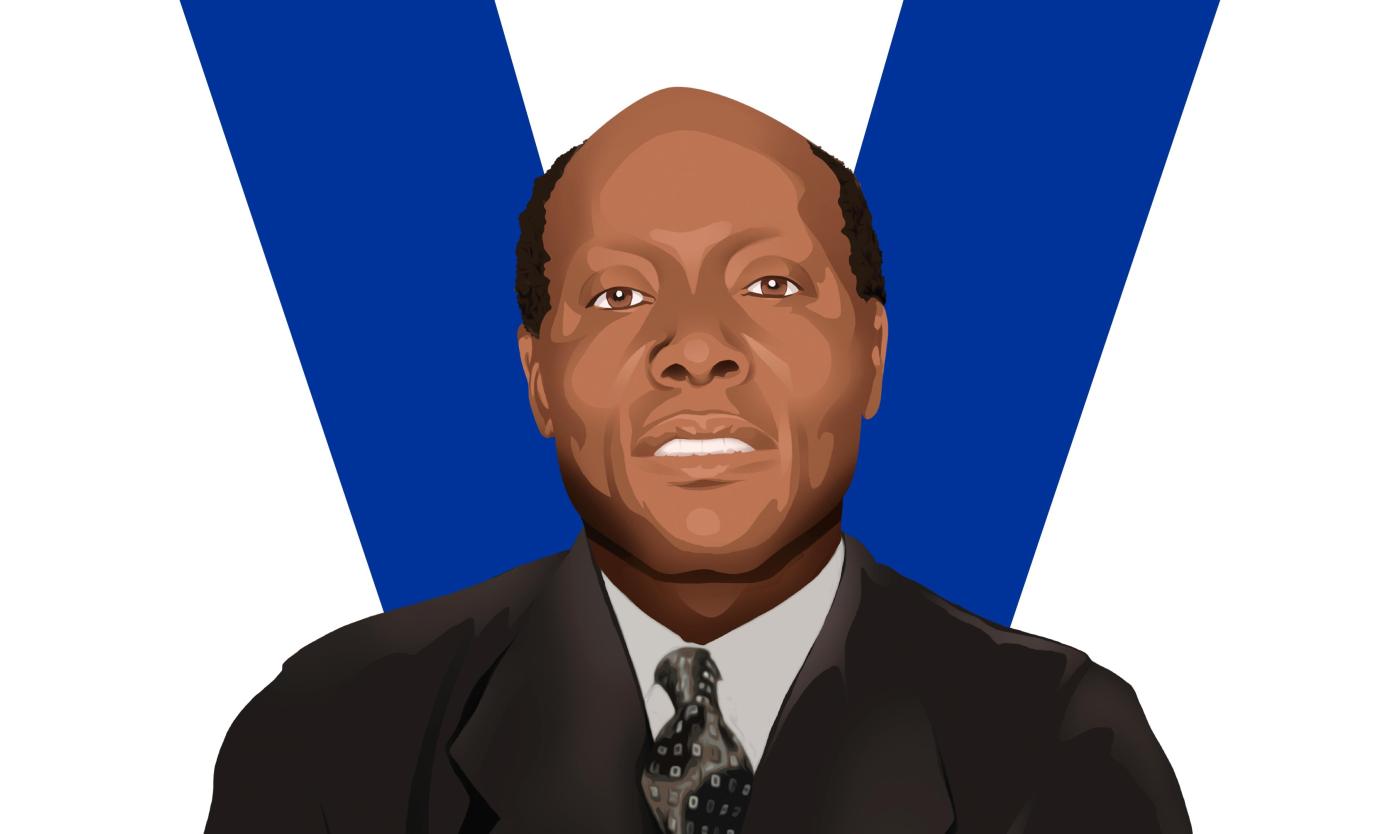
Isidore Bataboudila
1905 - 1986
Isidore Bataboudila was a Congolese resistance fighter in Brussels during WWII. As nurse and member of the Union Congolaise, he helped Jewish people in hiding and collected information for the Secret Army.
Isidore Bataboudila was part of an until recently forgotten group of Congolese resistance members. Of the approximately 200 Congolese who lived in Belgium during World War II, at least 20 were members of the resistance. This is remarkable for a group who were not even officially considered Belgians, but sujets congolais.
Isidore was a nurse in the Sint-Elisabeth hospital in Ukkel and a volunteer with the charitable organisation Winterhulp during the war. A father figure to many of Brussels’ Congolese residents, he was an active member of the Union Congolaise de Belgique, co-founded in 1919 by Congolese World War I veteran Paul Panda Farnana. The organisation looked after Belgian Congolese people and was a hub of the Congolese resistance during World War II. President Honoré Mongay was in contact with Fernand Claes, a police officer from Schaerbeek who was active in Zone 4 of the Secret Army. At the beginning of the war, the organisation was composed mainly of right-wing conservative military officers but by the end of the war it had grown into the largest resistance group in the country, with more than 50,000 members.
A post-war recruitment list by Claes suggests that 20 to 40 Congolese people worked for Secret Army intelligence, most likely including the Etterbeek barber François Kamanda. They gathered intelligence, distributed the clandestine newspaper La Libre Belgique, carried out espionage missions and acted as military police in the liberation of Brussels. A Congolese taxi driver transported resistance fighters and British pilots for the Independence Front.
Isidore Bataboudila gathered information through his volunteer work and presumably also through his German-speaking Swiss wife, who had been a German sympathiser and a friend of General Von Falkenhausen. Nevertheless, between 1942 and 1944, Isidore’s family bravely sheltered two Jewish people in hiding, including a local who sold his bread from house to house during the war.
Congolese people in occupied Belgium had an unclear legal status. According to Nazi racist ideology, like Roma and Jews, they fell under the label Untermenschen. Germans of African descent were humiliated, sterilised and sometimes persecuted, albeit not in the same systematic way as other discriminated groups. The few hundred Belgian Congolese were continuously monitored by the German authorities, something the Union Congolaise denounced, but they were not systematically targeted for prosecution.
“Papa Isidore” died in 1986. One of the people he had given shelter to spoke at his funeral at Flagey: “I have him to thank that I am still alive.” Isidore was buried in the Field of Honour at Elsene cemetery.
The Congolese resistance was not recognised in the 1948 Golden Book of Resistance, published by the ministry of Defence, and has been virtually forgotten. Their story was brought out of the shadows in 2022 by Eva Kamanda and Kristof Bohez.
Sources
Eva Kamanda & Kristof Bohez, Een verzwegen leven. Onze Congolese geschiedenis in België, Uitgeverij Vrijdag, Antwerpen, 2022.
Eva Kamanda & Kristof Bohez, Une vie sous silence. Notre histoire congolaise en Belgique, Éditions Racine, Bruxelles, 2023.